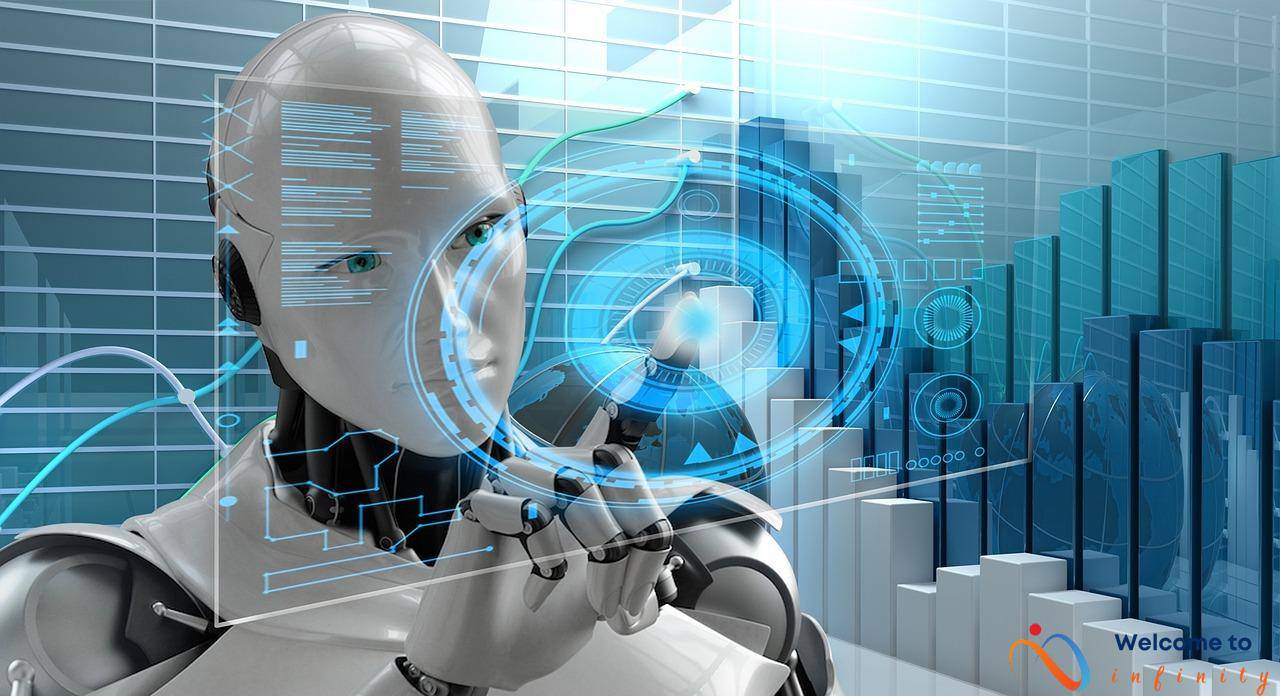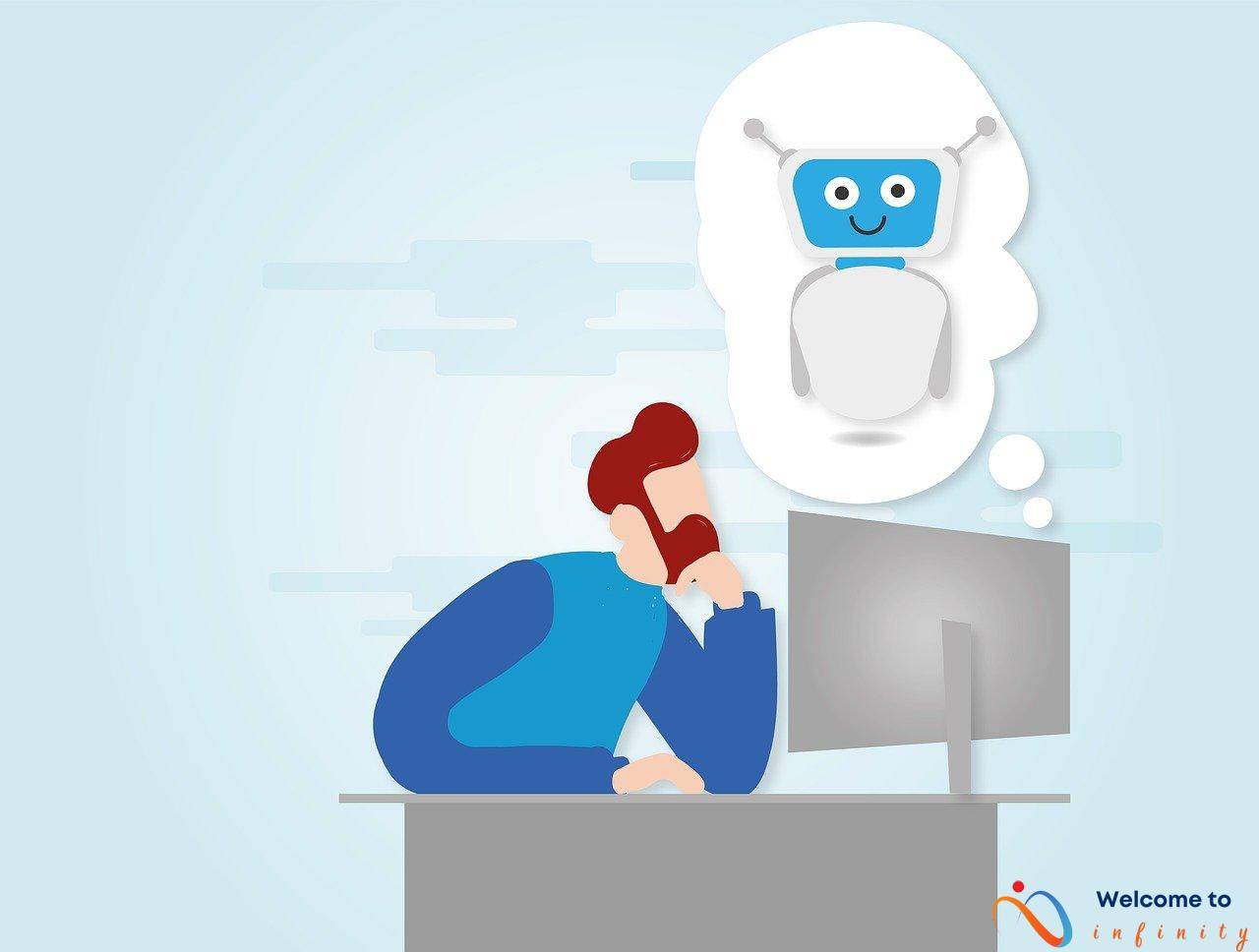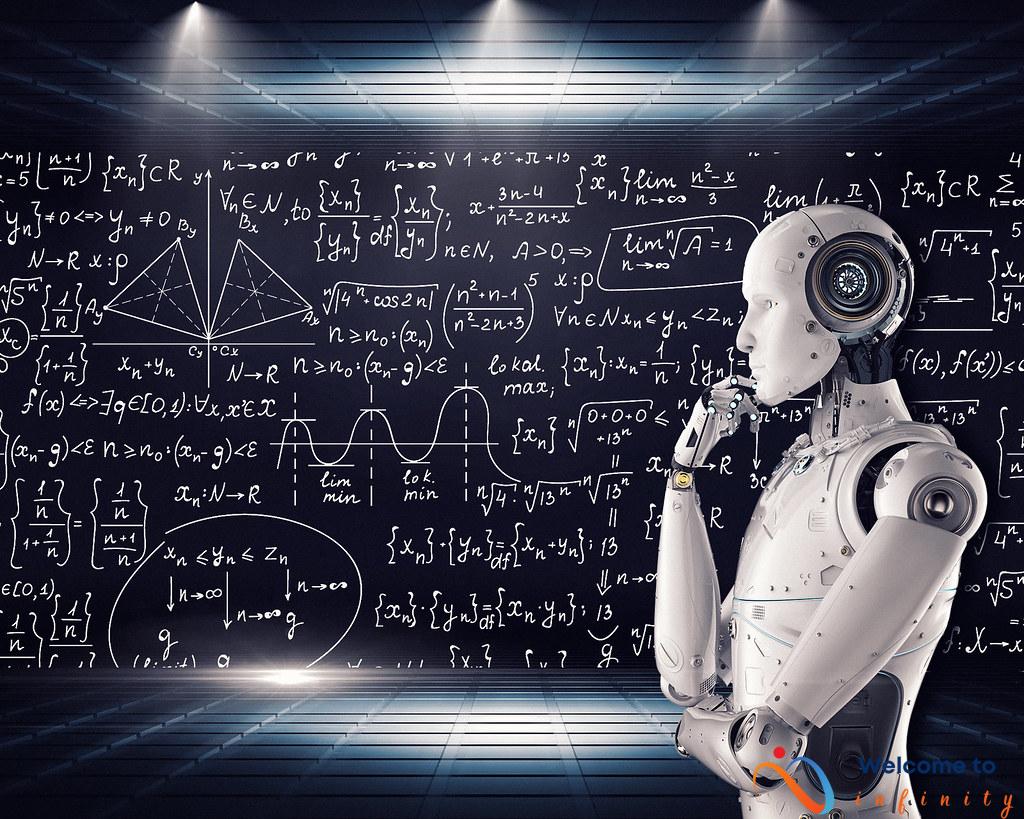Language has always been a barrier to effective communication, hindering people's ability to connect with one another. However, with the advent of Artificial Intelligence (AI), this is no longer the case. AI has revolutionized language translation, breaking down the language barriers that have long separated individuals and cultures.
The rise of AI-powered language translation has transformed the way we communicate, simplifying and improving the process of translation. AI has introduced never-before-seen speed, accuracy, and cost-effectiveness to translation, making it more accessible than ever before. In this article, we will delve into the role of AI in language translation and examine how it has altered the communication landscape.
With advancements in machine learning and natural language processing (NLP) technologies, AI-powered language translation has become increasingly popular and accessible. These technologies enable computers to understand, analyze, and interpret human language, providing precise and accurate translations in a matter of seconds. We will discuss how AI-powered translation works and the different types of translation available.
AI has made communication with individuals from different cultures easier than ever before. Cross-cultural communication barriers can impede social relations, education, and business. AI-driven translation, however, has bridged the language gap, making it possible for people to understand each other better. This has opened up new opportunities for innovation, growth, and relationship building, improving relations between cultures and nations.
The Rise of AI in Language Translation
As technology advances, so does the capability of AI-powered language translation. Machine learning and natural language processing (NLP) technologies have allowed for the emergence of AI translation, which is increasingly becoming popular and accessible. AI-powered language translation works by analyzing and breaking down the language into its various components, such as grammar, syntax, and context, before translating it into the desired language.
There are different types of AI translation available, including rule-based machine translation, statistical machine translation, and neural machine translation. Rule-based machine translation utilizes manually created rules to translate text, while statistical machine translation uses statistical models to identify patterns in language and make translations. Neural machine translation, on the other hand, uses deep learning algorithms to analyze and learn from vast amounts of data for more accurate translations.
With the rise of AI-powered language translation, people can communicate more easily and effectively, regardless of language barriers. It has enabled businesses to enter new markets, improved international relations, and facilitated education and research collaborations. As the technology continues to improve and become more accessible, the opportunities for AI-powered language translation are endless.
The Impact of AI on Cross-Cultural Communication
Cross-cultural communication is essential in our globalized world. In today's increasingly connected world, cross-cultural communication barriers can hinder business, education, and social relations. Be it multinational corporations with offices across different continents, international students studying abroad, or travelers visiting foreign countries. Communication breakdown is a significant issue.
But with the help of artificial intelligence, we can break down language barriers and bridge the communication gap. AI-driven translation technology is helping people better understand each other by translating languages seamlessly. It is making communication more accessible and facilitating cross-cultural understanding.
With AI-powered translation technology, people can communicate effectively regardless of language differences. It has created opportunities for businesses and individuals worldwide, allowing them to collaborate, engage in international trade, and improve their socio-cultural experiences.
The impact of AI on cross-cultural communication is profound. By making communication more accessible, we can foster better relationships, increase mutual understanding, and reduce misunderstandings and miscommunications. Thanks to AI, we can now connect and work with people from different cultures, promoting a harmonious international community.
Moreover, AI technology is continuously advancing and improving, and this is just the beginning. As challenges in AI translation technology are overcome, such as accuracy of translations and cultural nuances, the impact it has on cross-cultural communication will only increase.
Overall, AI translation technology is breaking down language barriers to facilitate effective cross-cultural communication. It is helping people understand each other better and fostering a more connected international community.
The Benefits of AI Language Translation
AI-powered translation offers numerous advantages that make communication faster and more accessible. One of the primary benefits of AI language translation is speed. With the help of machine learning and NLP technologies, AI-powered translators can quickly translate content from one language to another.
Another significant benefit of AI language translation is accuracy. Unlike human translators, AI doesn't face the challenges of fatigue or bias, ensuring consistent and reliable translations. The use of AI has also resulted in cost savings for businesses who previously relied on expensive human translators.
Furthermore, AI-powered translation is making communication more accessible. It has become easier for people to interact, connect, and understand each other despite language barriers. With AI translation, people can now communicate with each other in real-time across different languages and cultures, making international business, education, and travel more feasible.
Overall, AI language translation is breaking down language barriers and enabling people to communicate more effectively and efficiently. The speed, accuracy, and cost-effectiveness of AI translation make it an essential tool for businesses, individuals, and organizations looking to expand their reach globally.
Challenges Faced in AI Language Translation
Although AI-powered translation has made significant advances, it still faces several challenges that need to be addressed. One of these challenges is the accuracy of translations. While machine translation algorithms have improved, they are still far from perfect, and errors can frequently occur in translations. This often leads to misinterpretations and inaccuracies that can cause misunderstandings and communication breakdowns.
Cultural nuances are another challenge that AI-powered translation algorithms face. Language is a complex system that is shaped by cultural and social factors, including dialects, idiomatic expressions, and colloquialisms. Machine translation algorithms often struggle to capture these nuances, which can result in translations that are culturally inappropriate or offensive.
Data privacy is also a critical challenge in AI-powered translation. Translating content involves dealing with sensitive, confidential, and personal information, which must be protected from unauthorized access and leaks. This is especially relevant when translating legal documents, medical records, or financial statements.
In conclusion, while AI-powered translation has come a long way, it still faces multiple challenges. However, with continued innovation and investment in machine learning and natural language processing, AI translation technology has the potential to break down language barriers and bring people closer together.
Opportunities for AI in Language Translation
AI-powered language translation has already made significant progress, but there is still great potential for innovation and growth. One of the biggest opportunities for AI translation is to improve the accuracy and speed of translations. By incorporating more data, training data, and complex algorithms, AI programs can provide translations that are more accurate, faster, and better suited to the target audience.
Another opportunity for AI-powered language translation is to improve machine translation (MT) quality. MT is the process in which software translates text from one language to another without human intervention. While MT is already used extensively in the translation industry, it still has limitations, particularly in translating complex and nuanced text. However, AI-powered technology can improve machine translation through deep learning and NLP techniques, making the machine translation more accurate and effective.
AI can also enhance the role of translators by providing them with the tools and technologies they need to work more efficiently, ensuring that the translation process is faster and more accurate. For example, AI-powered tools can help translators perform quality assurance checks and ensure that translations adhere to specific language and industry requirements.
Lastly, AI-powered translation can help organizations and individuals to communicate more effectively by enabling them to access new markets and demographics. With AI translation technology, businesses can expand their reach into previously untapped language markets, opening up new opportunities for growth and profitability.
In conclusion, the opportunities for AI-powered language translation are vast, and the technology is continually evolving. As AI continues to advance, it will introduce new and better ways to communicate across language barriers, breaking down language barriers and bringing people closer together.
Conclusion
The AI-powered language translation is breaking down language barriers and bringing people closer together. It has transformed the communication landscape by making it possible for people to connect and understand each other despite differences in language and culture. The technology has already made significant strides in providing fast and accurate translations, cost-effectively, and at scale.
However, there are still significant challenges to be addressed, such as the need for context-based translations and cultural nuances. It is essential to continue improving the technology to ensure that AI language translation becomes more reliable and efficient in the years to come.
Moreover, AI language translation offers exciting opportunities for future innovation, such as being integrated with virtual assistants and video conferencing software. In this way, cross-cultural interactions will become even more accessible and seamless. The future of AI language translation is bright, and it promises to transform global communication for the better.











